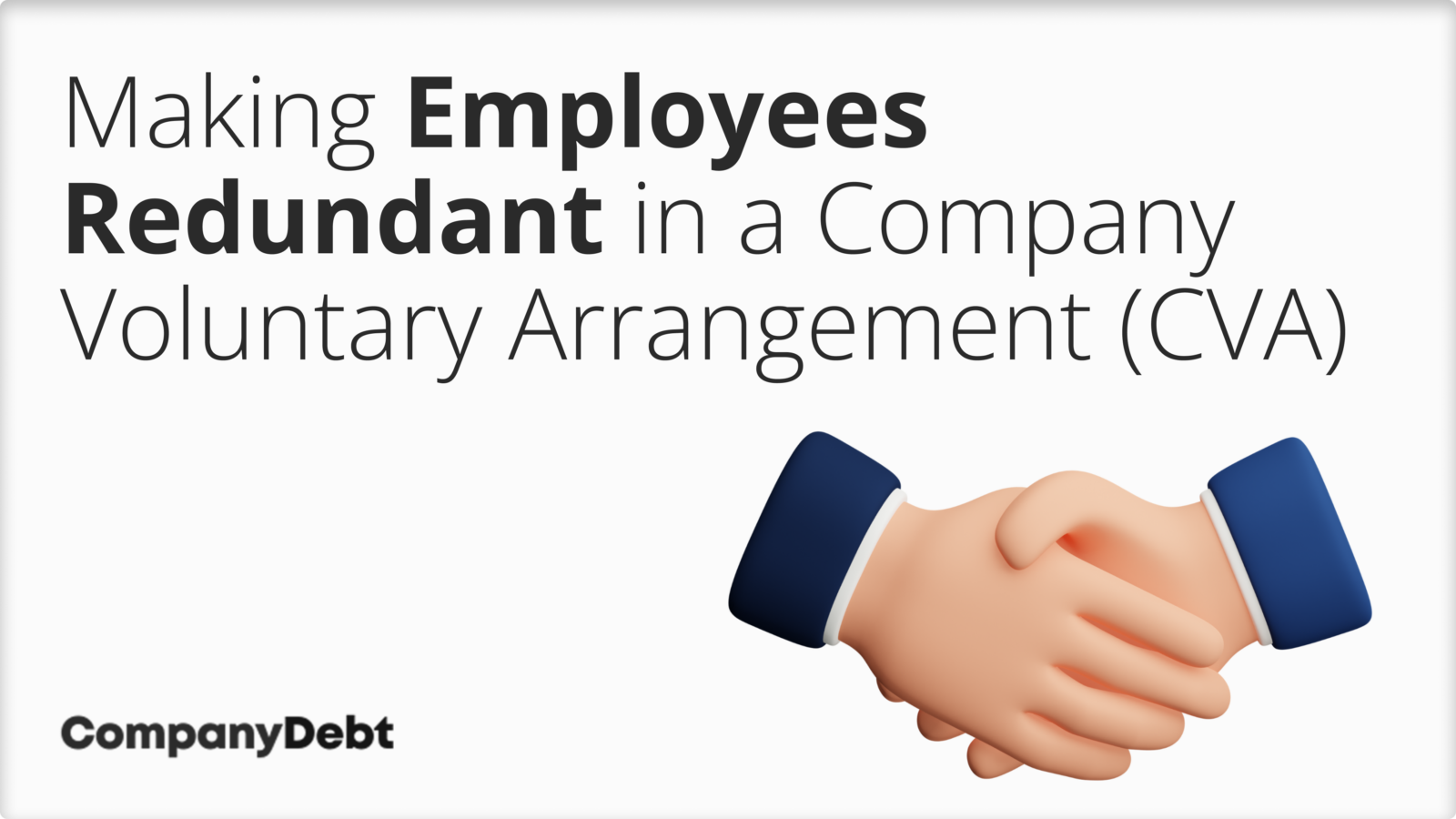Exploring the Interaction In Between Business Redundancy and Organizational Versatility for Future Growth
In the dynamic landscape of today's organization world, the elaborate connection in between company redundancy and business adaptability arises as an essential variable for sustained development and success. Business frequently deal with the obstacle of striking a delicate equilibrium between maintaining a degree of redundancy to alleviate dangers and promoting versatility to react promptly to the ever-evolving market demands.
Importance of Company Redundancy
Company redundancy is an essential aspect that enhances organizational resilience and reduces operational risks. By integrating redundancy actions within the organizational framework, companies can much better withstand unpredicted interruptions and fluctuations in the company setting. Redundancy works as a strategic buffer, allowing firms to adapt and respond effectively to unanticipated challenges without compromising important procedures.
One secret element of the relevance of company redundancy is its function in making sure continuity throughout times of dilemma. When faced with abrupt adjustments or emergencies, redundant systems, sources, or personnel can step in to maintain vital functions and avoid widespread disruptions. This continuity not just safeguards the company's credibility and customer depend on yet also minimizes financial losses and operational downtime.

Techniques for Organizational Flexibility

Creating adaptable business frameworks that permit for quick modifications to market dynamics and consumer demands is important for remaining competitive in a quickly progressing atmosphere. By proactively recognizing possible interruptions and possibilities, companies can proactively thrive and adjust in an ever-changing company landscape.
Balancing Redundancy and Adaptability
Achieving a harmonious stability between operational redundancy and organizational adaptability is critical in navigating the complexities of a dynamic company environment. Redundancy within a company gives a security net, ensuring connection and stability in procedures. Nonetheless, an excess of redundancy can bring about inefficiencies and impede adaptability to altering market problems. On the various other hand, business versatility permits companies to respond promptly to outside disruptions and confiscate brand-new opportunities. Striking the right equilibrium between redundancy and adaptability is a delicate procedure that calls for a deep understanding of the company's objectives, industry dynamics, and threat resistance.
To attain this balance, firms require to perform regular assessments of their procedures to identify locations where redundancy is required for threat mitigation and where adaptability can drive advancement and development. Executing adaptable structures, promoting a culture of continuous knowing and enhancement, and motivating open communication across all degrees of the organization are vital techniques to harmonize redundancy and adaptability properly. By lining up these two crucial elements, companies can place themselves for sustainable development and success in an ever-changing company landscape.
Instance Researches on Adaptation Success
In analyzing instances of successful organizational adjustment, it becomes evident that the interplay in between operational redundancy and flexibility is a specifying aspect in shaping resilient businesses. One compelling study is that of Netflix. Originally a DVD rental solution, Netflix showed amazing flexibility by transitioning into a streaming platform when digitalization interfered with the market. By strategically click site buying technology and material development, Netflix not only prospered yet survived in a quickly evolving market. Another standout instance is Amazon. Beginning as an on-line book shop, Amazon constantly adjusted its service design, broadening into varied markets such as cloud computer and expert system. This versatility permitted Amazon to remain in advance of rivals and meet altering consumer demands. Lastly, Adobe gives a notable find more picture of effective adjustment. The business changed from selling software program licenses to a subscription-based model, ensuring persisting income streams and boosted customer involvement. These study highlight the relevance of operational redundancy paired with business adaptability in fostering lasting development and competitiveness.
Structure Durability for Future Growth
Structure strength for future growth needs a critical placement of functional processes with market characteristics and arising patterns. Firms must adjust to altering environments by cultivating a society of adaptability, technology, and continual improvement. Durability involves not only recuperating from troubles however likewise proactively planning for future obstacles. One key facet of building resilience is purchasing robust threat administration methods to reduce potential disturbances. This includes circumstance preparation, diversifying supply chains, and developing contingency prepare for different contingencies (who pays redundancy money).
In addition, fostering strong connections with stakeholders, such as consumers, employees, suppliers, and the community, is crucial for maintaining and weathering uncertainties trust and assistance during unstable times. Reliable interaction and transparency play an important function in building resilience, as they help assist in and align expectations partnership in navigating unpredictabilities.
In addition, organizations need to prioritize discovering and development efforts to upskill employees and equip them with the necessary tools to adjust to altering circumstances. By investing in their workforce, business can enhance their flexibility and dexterity, inevitably strengthening their resilience for lasting future development.
Final Thought

In the dynamic landscape of today's service world, the elaborate partnership between company redundancy and organizational versatility emerges as a critical aspect for continual development and success. Firms commonly face the obstacle of striking a delicate equilibrium between maintaining a level of redundancy to alleviate threats and cultivating flexibility to react quickly to the ever-evolving market needs.To accomplish this equilibrium, companies require to conduct routine evaluations of their procedures to determine areas where redundancy is required for risk reduction and where adaptability can drive technology and development.In conclusion, the interaction between firm redundancy and business versatility is important for future growth. Building durability through a mix of redundancy and versatility will certainly guarantee that firms are prepared for the obstacles of the future.